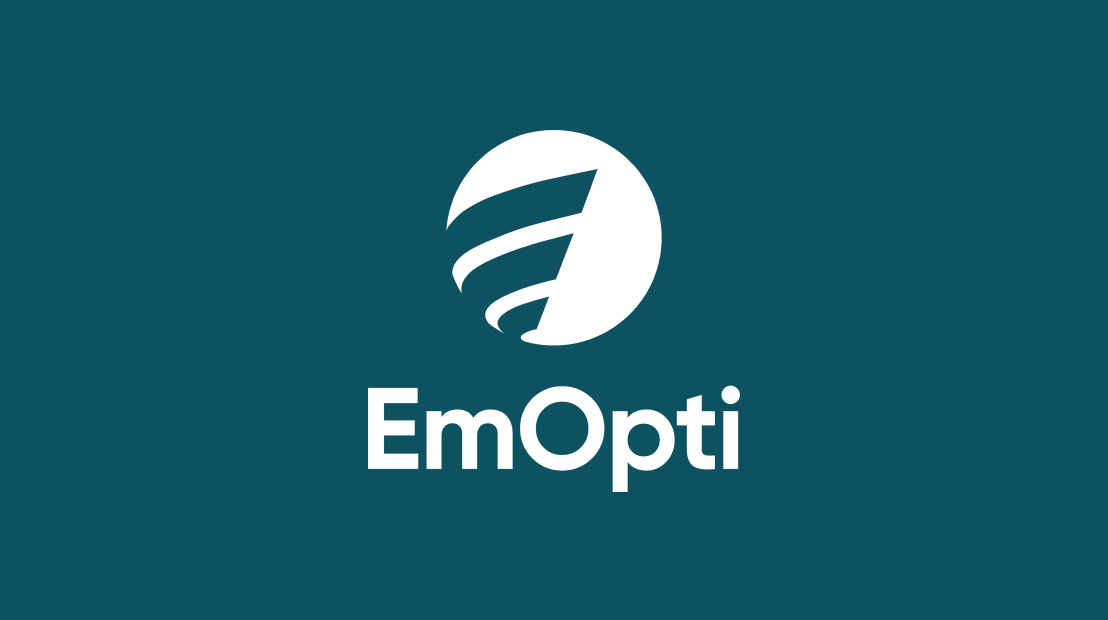EmOpti success story
EmOpti improves patient flow in busy acute care facilities by using remote video consults to improve many care processes. In emergency departments, use for “tele-triage” makes the most out of a health system’s available staff across all locations. EmOpti’s EHR-integrated tele-triage technology optimizes staffing in emergency rooms for high and low volume days, saving providers thousands of dollars in payroll and lost revenue, and improving patient care and satisfaction.
Emergency departments have earned a reputation for less than stellar customer service. Patients expecting immediate care for their emergency often have to wait an hour or more to be seen by a physician. The longer the wait, the greater the health risk to the patient. Many simply leave. Some even die without being seen.
Accurately staffing acute care centers is challenging because the number of patients presenting at an emergency room can vary by as much as 50% each day.
EmOpti makes it possible for acute care facilities in the same network to “share” their clinicians through the power of telehealth. Within 10 minutes of arrival, patients connect with a physician in a remote command center via video chat on a tablet. EmOpti’s platform integrates with the EHR, enabling seamless sharing of demographic and vital data, rapid ordering of tests, and simplified admissions and discharges.
Health systems that run the EmOpti platform reduce patient wait times, improve patient experience and throughput metrics, and achieve a 10x return on their investment. EmOpti is expanding its telehealth offerings to more inpatient floors, further improving efficiencies and decreasing exposure.In response to the COVID-19 pandemic, EmOpti provided their flagship High Volume Telehealth Platform for ED Intake & Rapid Discharge for free, to improve throughput and protect providers from COVID-19. Redox integrations made the rapid 7-day deployment possible at each location.
EmOpti: Acute care optimization
Traditional ER staffing models lead to waste and unnecessary mortality
Emergencies are, by their nature, unpredictable. Emergency rooms do their best to staff appropriately, but the actual number of patient arrivals can vary by as much as 50% from what is expected. Despite the best planning, emergency rooms end up being overstaffed some days, and understaffed others.
Overstaffing raises payroll costs and keeps providers from operating efficiently at the top of their licenses. On the other hand, understaffing ERs creates stressful environments for both staff and patients. Patients who wait too long to be seen suffer greater health risks, higher morbidity, and longer hospital stays. Some patients simply give up and leave the ER altogether. In fact, the average rate of patients who walk out without being seen is 2.5% — that’s 600 walk-out patients or more each year for a busy ER. Patients who leave without seeing a doctor not only put their lives at risk, but they also cost the hospital in poor satisfaction ratings and lost revenue.

